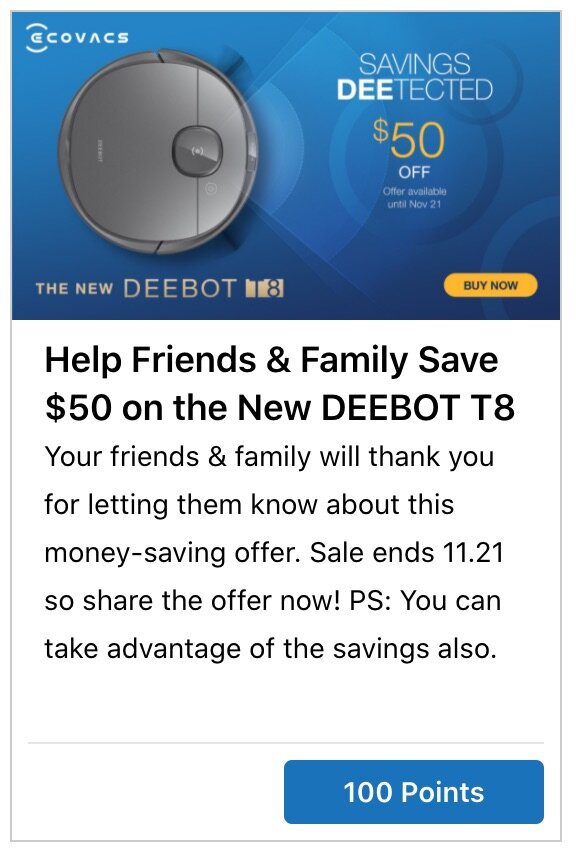Brand Ambassadors — called “Customer Advocates” in B2B circles — are customers plus others who genuinely like or even love your brand and products. (We don’t mean paid social influencers, celebs, or affiliates.)
Here are the top five ways Ambassadors or Advocates can help you right now:
1. Increase Awareness, WOM, & UGC
Brand Ambassadors can help you increase awareness by creating and/or posting hundreds-thousands of positive stories, videos, photos, testimonials, and more. User-Generated Content (UGC) is very valuable because it’s the most trusted form of content and proven to influence purchases. You can also use this UGC in your own marketing and social media.
UGC is about three times more trusted than brand content, studies show. And 85% of users find UGC more influential than brand content and paid influencer posts. (Adweek)
2. Boost Ranking & Ratings
Brand Ambassadors will post 5-star reviews on shopping sites and review sites. This can help you increase your ratings, rankings, sales, plus combat the sales-killing impact of negative reviews.
Nearly 95% of shoppers read online reviews before making a purchase (Spiegel Research Center) and 90% of people say online reviews influence their purchase decisions (Dimensional Research)
3. Increase Sales
Brand Ambassadors can help you increase sales by referring friends and others to purchase your products or services. They can also help boost sales by posting your promotional offers on social media, increasing reach, traffic, and conversions.
A consumer brand has generated over $10 million in referral sales via its Brand Ambassador program featuring real customers, not paid social media influencers or celebs.
4. Increase Social Media Engagement
The engagement rate for most brands’ social media posts is under one percent. Brand Ambassadors can get you more likes, comments, and shares.
A B2B VOIP company has increased engagement for certain social media posts by over 400% via its Ambassadors.
5. Increase Customer Engagement, Retention, & Loyalty
A Brand Ambassador program ensures that these valuable customers stay engaged with you. You can create an exclusive community for your Ambassadors, which strengthens the bonds between you and your Ambassadors and with each other.
Even a 5% increase in customer retention has been found to boost profits by 25% to 95%, according to research by Bain & Co. and Harvard Business School.
Bonus!
Brand Ambassadors can help you increase reach, traffic, leads, and sales by sharing links to your content and offers.
A consumer electronics company has reached over 10 million buyers by getting its Ambassadors to share links to the company’ content and offers.
Did You Know?
Over 80 percent of B2C & B2B companies have some type of Brand Ambassador or Customer Advocate programs, according to a leading market research firm. If you don’t have a Brand Ambassador or Customer Advocate program, you’re missing a major opportunity to build your brand or business!





























